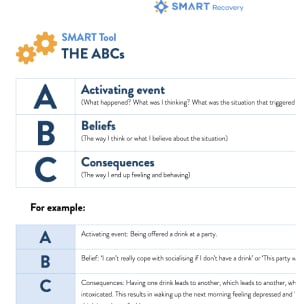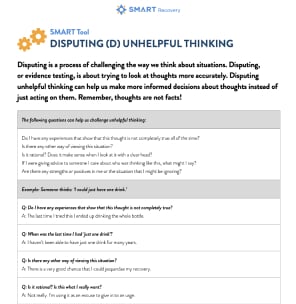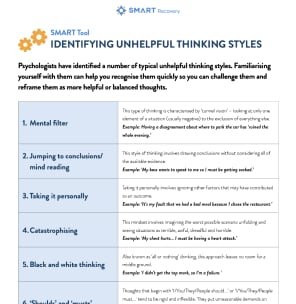Tool Overview
When to Use This Tool
How To Use This Tool
-
Label each slice of ‘pie’ with an area of your life that is important to you. For example, family, friends, spirituality, romance, health, work, recreation, finances.
-
Think of the pies outer edge as being completely satisfied (10) and the centre as being very dissatisfied (0)
-
Rate your level of satisfaction in each of the areas you've listed by placing a dot in the middle line of each pie slice to indicate the level of satisfaction you have in that area.
-
After you rate each slice, connect the dots to create the outside perimeter of your pie. What does it look like? Is it round and full or does it look like some areas are not as filled out as others?
-
Now ask yourself:
-
Are my true values and priorities reflected here?
-
Based on what I see, am I living a balanced life?
-
Am I involved in too many activities? Is there too much on my plate?
-
How much of my time is spent caring for others? For myself?
-
What area(s) need more attention? What needs less attention?
-
Is there a dream or desire that i'd like to focus on?
-
What changes do I want to make? What can I do to ‘round out’ my life?
To move towards a more balanced life, allow yourself more time for the areas that show gaps - those places where pieces of your pie are missing. When doing so, be sure to focus on the whole picture of your life, not just specific areas.
Related Tools
View all- Tool
Lifestyle Audit
When we slow down on a behaviour of concern, it can leave a gaping hole in our lives. Often, we find that we have a lot more free time, which used to be filled with activities related to our old behaviour. Also, we may no longer associate with the same group of friends.
- Checklist
Enjoyable Activities Checklist
This worksheet prompts the consideration and active planning of pleasurable and meaningful activities, including past and present interests, activities to discontinue, and new experiences to explore.
- Tool
Setting SMART Goals
It’s important to make sure goals are SMART: Specific, Measurable, Achievable, Realistic and Timed.
Tool Overview
The ABC Model is a good way of understanding how we can help change our feelings and behaviour by challenging our thinking.
When to Use This Tool
The ABC Model is a good way of understanding how we can help change our feelings and behaviour by challenging our thinking. It helps us uncover beliefs that are not helping us /contributing to the behaviour we are trying to change.
This exercise may be done in the group setting but can also be very useful for participants to look at between meetings.
How To Use This Tool
When working with urges: To analyze a lapse/relapse or to develop coping statements for an anticipated lapse/relapse.
In the event of a lapse, the question to ask is not “What made me do that”, but rather, “How did I talk myself into it?” It is not the urge (A) that causes the lapse (C). It is our beliefs (B); our irrational self-talk.With emotional upset:
The ABC Model can also be used to work with emotional upset or frustrations that may occur at any point in the recovery journey. The ABCs allow us to discover our unhelpful beliefs which contribute to emotional upsets. Disputing helps us eliminate our irrational thinking so we can both feel better and do better. In SMART Recovery we teach that we feel the way we think; it’s not unpleasant events that disturb us, it’s the way we think of them. By changing our thinking, we change how we feel.Identifying and Disputing Unhelpful Thinking.
Disputing is a process of challenging the way we think about situations. It’s about trying to look at thoughts more accurately. Disputing unhelpful thinking can help us make more informed decisions about thoughts instead of just acting on them. Balanced thinking leads to effective new beliefs.


